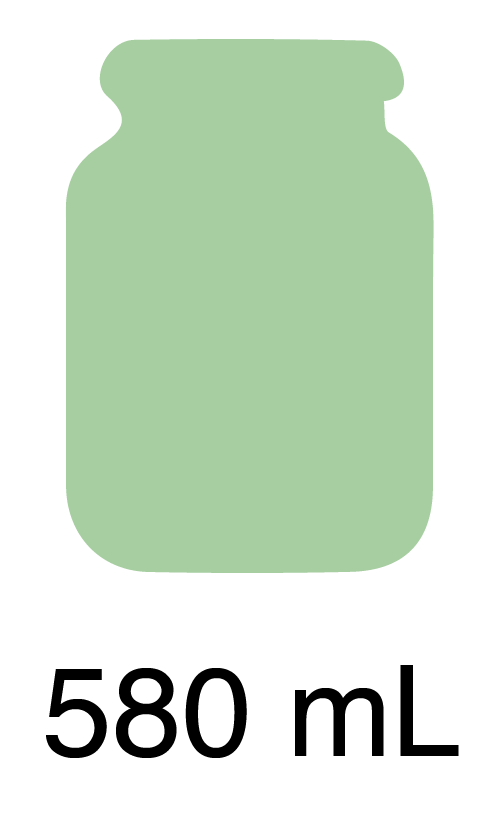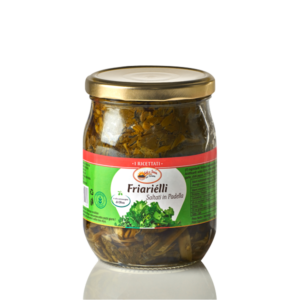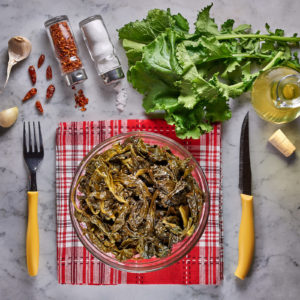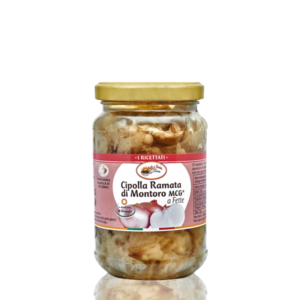Additional information
| Source area | Acerra/Pomigliano Area – Italy |
|---|---|
| Nutritional Intake | A vegetable with a good content of sodium, potassium, selenium, calcium, phosphorus, iron and zinc. Good presence of organic acids like citric, ascorbic and malic acid, as well as reducing simple sugar like glucose and fructose There’s no shortage of polysaccharides like pectin, cellulose, hemi-cellulose and lignin, which give the fruit resistance and compactness. . The fresh vegetable is rich in vitamin A, B5, B6, C, K1 lycopene, chlorophylle and detectable anthocyanins. |
| Period of transformation | From the first week of July to the second week of September |
| Trivia | The quantity relation between lycopene and beta carotene determines the fruit pigmentation. Concerning the green tomato, we have a high percentage of chlorophylle, pectin and polysaccharides. When tomato starts to ripen, its color goes from yellow (in case there is only beta carotene), to crimson red because of the strong presence of lycopen, tocopherols and anthocyanins. When color goes from yellow to red, pectin methabolize, reducing the consistence of the fruit. |
| Product Logo | 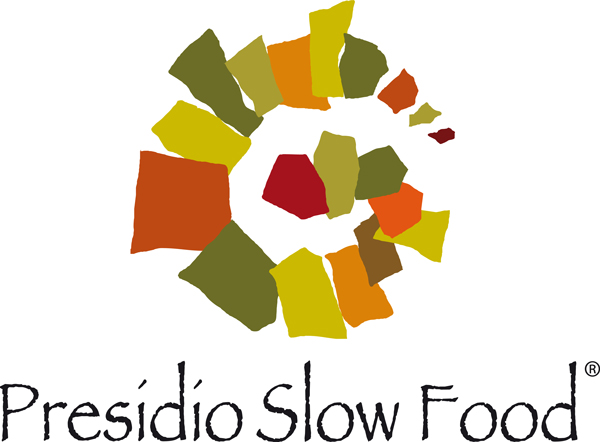 |
|---|---|
| Read more | https://www.fondazioneslowfood.com/it/presidi-slow-food/cappero-di-salina/ |


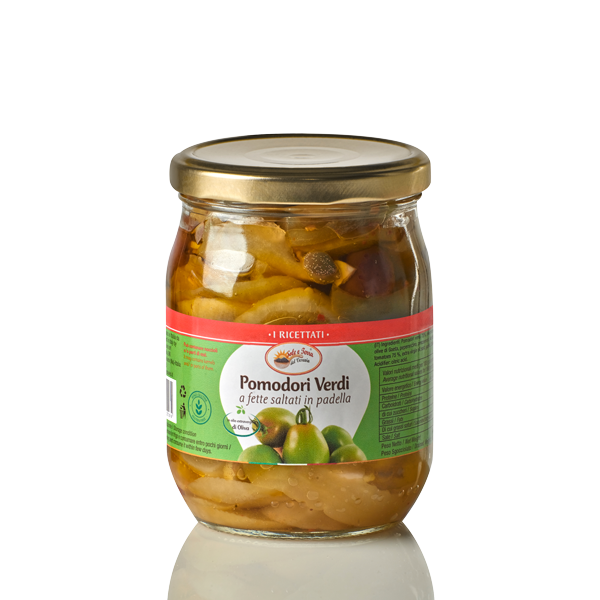

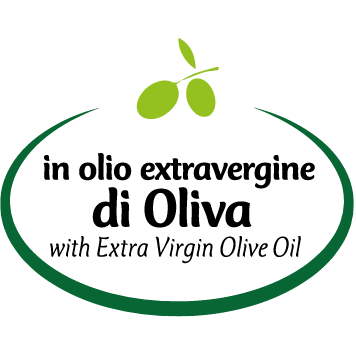
 Oblong Green Tomatoes 75%
Oblong Green Tomatoes 75%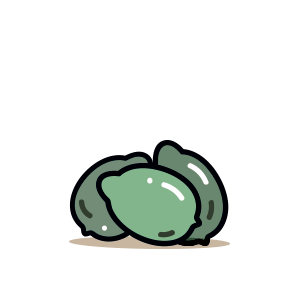 Salina Capers
Salina Capers Caserta Black Olives
Caserta Black Olives Extra-virgin Olive Oil
Extra-virgin Olive Oil Sea salt
Sea salt Garlic, chili pepper, persley, acidifier: citric acid.
Garlic, chili pepper, persley, acidifier: citric acid.
